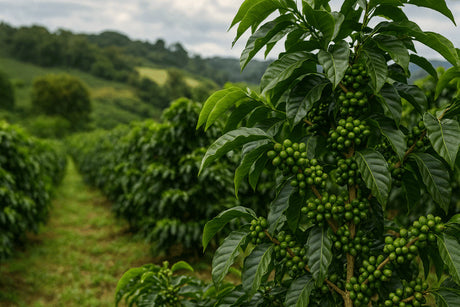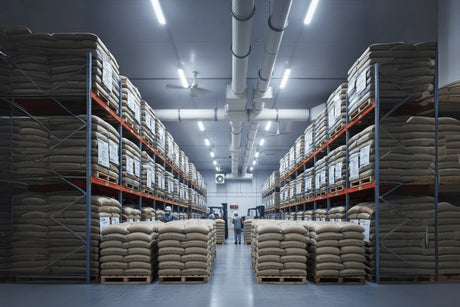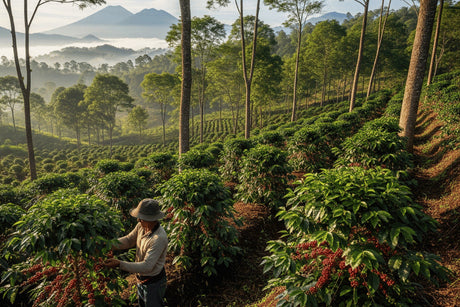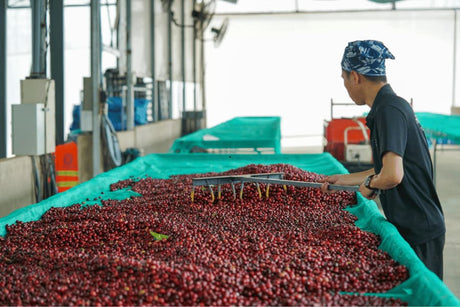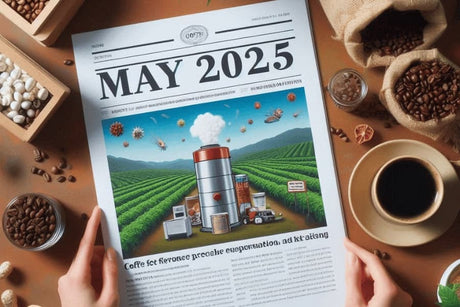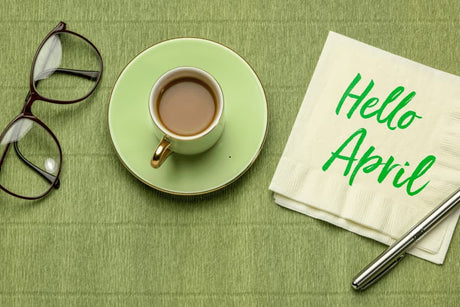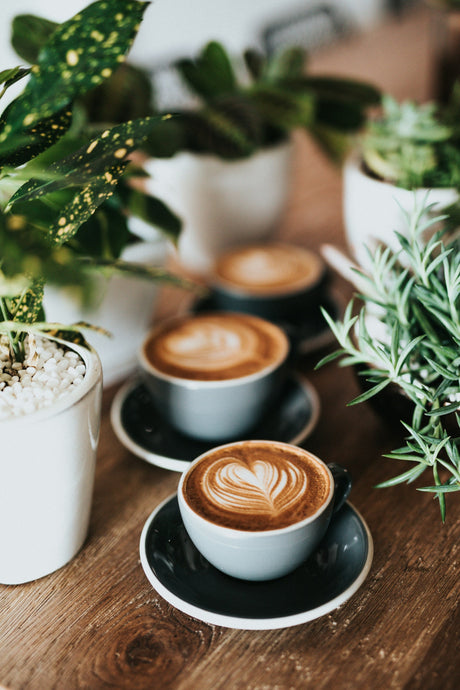“If you want to see the sunshine, you have to weather the storm." - Frank Lane
mycuppa July 2021 Newsletter
Melbourne gets hit by a storm, and Sendle doubles the pain
We've tried our best to avoid discussing the ongoing problems and frustrations of dealing with Australia's perennially incompetent parcel networks.
Perhaps it was delusional to think reaching almost six months without a war story was too good to be true.
Then June rolled along, and yet another mega-disaster was inflicted upon our Melbourne customers by Sendle right after the mother of all storms knocked out power in many parts of Melbourne for days.
Sendle's partner Couriers Please played hide and seek with Melbourne customer parcels for weeks on end, and we had no choice but to flick the big switch despite many of our Sydney and Adelaide customers enjoying stellar performance.
Unfortunately, with Sendle, it's either all on or all off; we can't isolate problem areas.
Sendle eventually apologised after a few weeks (which helps nobody) and committed to preventing this problem from repeating – but let's not hold our breath.
Sendle is now operational; however, we can disable it anytime. Turning off Sendle is our way of ensuring mutual safety.

Secret Label
Last month's Secret Label was a jammy sweet delight with strawberry and raspberry.
This month, we are focusing on adding some nuts and hazelnuts, as it's often one of the more difficult flavours to generate in coffee.
We know how well nuts and chocolate go together, and this blend perfectly combines both elements.
A coffee with an immediate front palate flavour stands up and makes you take notice with its crisp acids that slice through milk beautifully.
There are some lovely stone fruits, caramel, plum and raisins with milk and a dark chocolate note in the finish.
This month's Secret Label assignment was to hunt for hazelnuts.
It might sound like an easy task, but surprisingly, it's rather difficult and often, the nuts in a coffee are more generic.
We have crafted a hazelnut, caramel, and stone fruit compote with equal lashings of milk and dark chocolate in the finish – so that's something for everyone and a change in direction from the dark chocolate themes of late.
Nuts and chocolate work so well in a coffee, and hazelnut is an exciting flavour with some mighty proud character in the cup – we love how it just slices through milk so easily without harsh or sharp edges.

Coffee waste in your garden
Suppose you are habitually emptying your coffee waste onto the garden, hoping it adds nutrients. In that case, you should be aware of a recent article by a Melbourne academic that proves too much caffeine is never a good thing for growing plants.
Since the pandemic, one of my good friends has been furiously developing a severe backyard garden and greenhouse environment capable of producing unique fruits and vegetables, complete with carefully managed compost heaps.
He picks up coffee chaff and the used grounds (pucks) from our roastery espresso machine as these both work wonders in the compost heap to help add light texture and aerate the compost piles.
We had both believed, or assumed, that this coffee waste was rich in nitrogen and trace nutrients and improved and normalised pH levels.
Imagine the surprise of randomly discovering an article on the ABC website from an academic in Melbourne who completed a study on the effects of coffee waste and caffeine in your garden.
This study charted the effects of coffee waste (primarily used pucks from cafes) when mixed into the soil for plants compared to the same plants that had no contact with any coffee waste materials.
The difference was astounding.
Plants in direct contact with the coffee waste had experienced abnormally low levels of growth versus the coffee-free plants thriving under the same conditions.
The intense levels of caffeine had retarded the growth and development of the plants.
This was a shock, having religiously tipped coffee grounds and chaff onto my gardens for so long, I can't remember. However, my first thoughts were my gardening-mad friend and last week, we had a tranquil and silent moment after discussing the study's findings, reaching for a glass of red wine to drown the sorrows.
When I shared an article with him, he immediately told me about his recent crop, where many vegetables had stunted growth. He had no prior knowledge of the paper and hadn't even read it yet. Initially, he suspected other factors such as excessive heat, humidity, fertilisers, or other environmental variables standard in a greenhouse.
The coffee waste is only good at holding back the weeds – it seems those pesky weeds don't like the caffeine either. There is another potential risk as the ground coffee particles can lock in clay, making the soil structure more challenging to allow water and oxygen to penetrate.
So there it is, folks – please be careful where you tip your coffee grounds.


